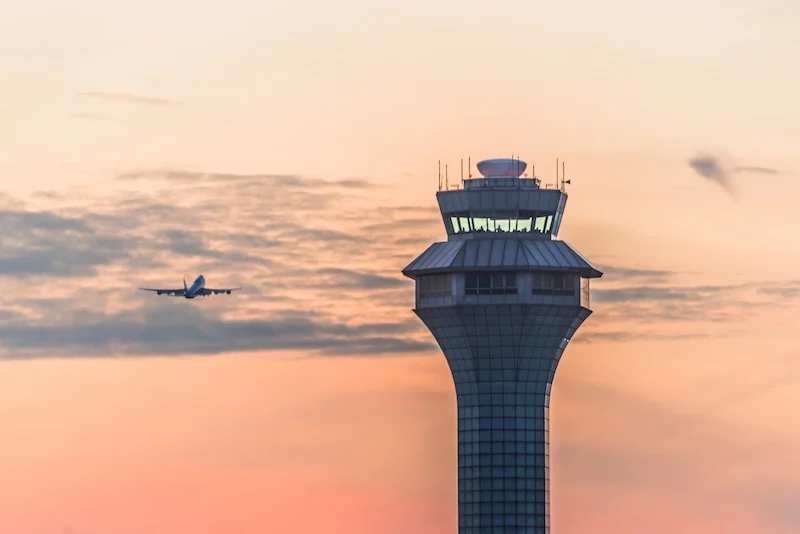IATA Urges Global Regulators to Protect Aviation Safety from 5G and 6G Interference

The International Air Transport Association (IATA) in Geneva has called on the International Telecommunication Union (ITU) and national telecommunications regulators to ensure that 5G and future 6G networks operating near aviation frequencies do not interfere with radio altimeters and other safety-critical avionic systems.
Ahead of the World Radiocommunication Conference 2027 (WRC-27), the ITU is conducting in-depth technical studies to determine global conditions for 5G and 6G deployment. These studies—developed in collaboration with national telecom regulators and aviation safety authorities—will define the framework for protecting essential aviation systems while enabling the growth of next-generation connectivity.
To support this process, IATA submitted a working paper at the ITU WP5B Meeting in Geneva (18–27 November 2025), outlining the operational scenarios and safety requirements that must shape future spectrum policy.
IATA’s Call to Action
In its paper, IATA emphasized that spectrum policies must consider all critical flight phases—including takeoff, landing, taxi, go-arounds, and operations in adverse weather such as turbulence or windshear. Radio altimeters, which depend on uninterrupted access to spectrum between 4.2 and 4.4 GHz, provide vital altitude data for pilots and automated systems in all these conditions. IATA also reaffirmed the importance of maintaining a minimum separation of 35 ft (11 m) between aircraft and terrestrial 5G transmitters.
“The benefits of 5G and 6G can never come at the cost of aviation safety,” said Nick Careen, IATA Senior Vice President of Operations, Safety and Security. “Spectrum decisions must be based on real-world aircraft operations, not idealized telecom models. WRC-27 must deliver clear global rules that guarantee the safe coexistence of radio altimeters and next-generation telecom networks across all phases of flight.”
Persistent 5G Challenges
5G networks operate across multiple frequency bands, some of which are located adjacent to aviation altimeter frequencies (4.2–4.4 GHz). In several countries, telecom operators have voluntarily introduced mitigation measures such as reduced transmission power, runway buffer zones, and antenna downtilt adjustments to minimize interference risks.
However, many of these temporary mitigations are set to expire soon—including in Canada (January 2026) and Australia (April 2026). In the United States, regulators are moving ahead with plans to auction the Upper C-Band (3.98–4.2 GHz)—immediately next to the altimeter band—while current 5G protections are scheduled for removal in 2028.
Compounding the issue, next-generation radio altimeters with greater 5G resilience are not expected to enter airline fleets before the early 2030s, creating a critical mitigation gap.
“Current 5G mitigations were never meant as a long-term fix,” Careen warned. “With many protections set to lapse and new altimeters years away, regulators must act now to maintain consistent safeguards. Safety cannot be left to chance.”
IATA’s appeal underscores the need for global coordination between aviation and telecom regulators to ensure the safe integration of 5G and 6G networks without compromising flight safety—a priority issue as the world prepares for WRC-27.
Related News: https://airguide.info/?s=IATA, https://airguide.info/category/air-travel-business/travel-health-security/
Sources: AirGuide Business airguide.info, bing.com, iata.org
